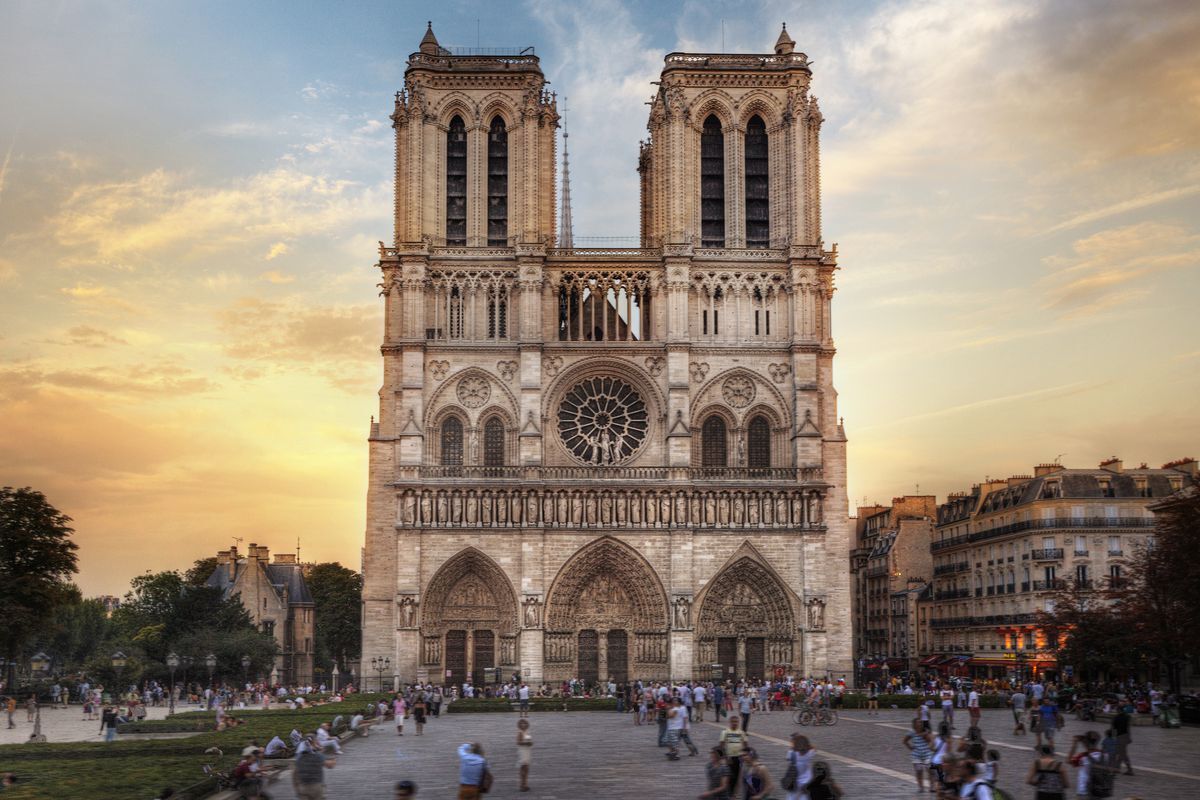
What is an apse? An apse is a semicircular or polygonal recess, typically found at the eastern end of a church. This architectural feature often houses the altar and serves as a focal point during religious ceremonies. Originating in Roman architecture, apses have been integral to church designs for centuries. They provide both aesthetic beauty and functional space, enhancing the overall structure. Whether adorned with intricate mosaics or simple stonework, apses add a unique charm to religious buildings. Understanding the significance of an apse can deepen appreciation for historical and modern architecture alike. Ready to learn more? Let's dive into 30 fascinating facts about apses!
What is an Apse?
An apse is a semicircular or polygonal recess, typically found at the eastern end of a church. This architectural feature has been a staple in religious buildings for centuries, often housing the altar. Let's dive into some fascinating facts about apses.
-
The term "apse" comes from the Latin word "apsis," meaning "arch" or "vault."
-
Apses are most commonly found in Christian churches but can also be seen in other religious buildings.
-
The earliest apses date back to Roman basilicas, where they served as a focal point for the magistrate.
-
In Byzantine architecture, apses often feature elaborate mosaics depicting religious scenes.
-
Gothic cathedrals frequently have apses with ribbed vaults, adding to their grandeur.
Historical Significance of Apses
Apses have played a crucial role in the architectural and religious history of many cultures. Their design and function have evolved over time, reflecting changes in religious practices and architectural styles.
-
During the Romanesque period, apses were often decorated with frescoes and carvings.
-
In medieval times, apses were used to house relics of saints, making them important pilgrimage sites.
-
The Hagia Sophia in Istanbul features a stunning apse adorned with gold mosaics.
-
Many early Christian apses were oriented towards the east, symbolizing the resurrection of Christ.
-
The apse of St. Peter's Basilica in Vatican City is one of the most famous in the world.
Architectural Features of Apses
Apses are not just functional; they are also architectural marvels. Their design elements can vary widely, but certain features are commonly found in many apses.
-
Apses often have a domed or vaulted ceiling, adding to their sense of grandeur.
-
Some apses are flanked by smaller chapels, known as apsidal chapels.
-
The floor of an apse is usually elevated, emphasizing its importance.
-
Many apses feature stained glass windows, which create a stunning play of light.
-
The walls of an apse are often curved, enhancing the acoustics for choir performances.
Apses in Modern Architecture
While apses are most commonly associated with historical buildings, they continue to inspire modern architects. Their timeless design elements can be seen in various contemporary structures.
-
Some modern churches incorporate apses to maintain a connection with traditional architecture.
-
Apses can also be found in secular buildings, such as concert halls and theaters.
-
The use of apses in modern architecture often focuses on their acoustic benefits.
-
Contemporary apses may feature minimalist designs, contrasting with their ornate historical counterparts.
-
The integration of natural light through large windows is a common feature in modern apses.
Cultural Impact of Apses
Apses have left a lasting impact on various cultures, influencing not just architecture but also art and literature. Their significance extends beyond their physical structure.
-
Many famous paintings and sculptures are housed in apses, adding to their cultural importance.
-
Apses are often mentioned in literature, symbolizing sanctity and reverence.
-
The design of apses has influenced other architectural elements, such as naves and transepts.
-
In some cultures, apses are used as meditation spaces due to their serene atmosphere.
-
The apse of the Basilica of San Vitale in Ravenna is renowned for its intricate mosaics.
Fun Facts About Apses
Let's wrap up with some fun and quirky facts about apses that you might not know. These tidbits highlight the unique and sometimes surprising aspects of this architectural feature.
-
Some apses have hidden chambers used for storage or as secret passageways.
-
The apse of the Pantheon in Rome was originally a temple dedicated to all Roman gods.
-
In some churches, the apse is used as a stage for theatrical performances.
-
The apse of the Cathedral of Notre-Dame in Paris features a stunning rose window.
-
Some apses are designed to amplify sound, making them perfect for musical performances.
Final Thoughts on Apes
Apes are fascinating creatures with complex behaviors and close genetic ties to humans. From their impressive problem-solving skills to their intricate social structures, these primates never cease to amaze. Understanding apes helps us learn more about our own evolution and behaviors. Conservation efforts are crucial to protect these incredible animals from threats like habitat loss and poaching. By supporting organizations dedicated to ape conservation, we can ensure their survival for future generations. Apes remind us of our connection to the natural world and the importance of preserving it. So next time you see an ape, whether in the wild or a documentary, take a moment to appreciate their intelligence and beauty. They’re not just animals; they’re our distant relatives, deserving of respect and protection.
Was this page helpful?
Our commitment to delivering trustworthy and engaging content is at the heart of what we do. Each fact on our site is contributed by real users like you, bringing a wealth of diverse insights and information. To ensure the highest standards of accuracy and reliability, our dedicated editors meticulously review each submission. This process guarantees that the facts we share are not only fascinating but also credible. Trust in our commitment to quality and authenticity as you explore and learn with us.


